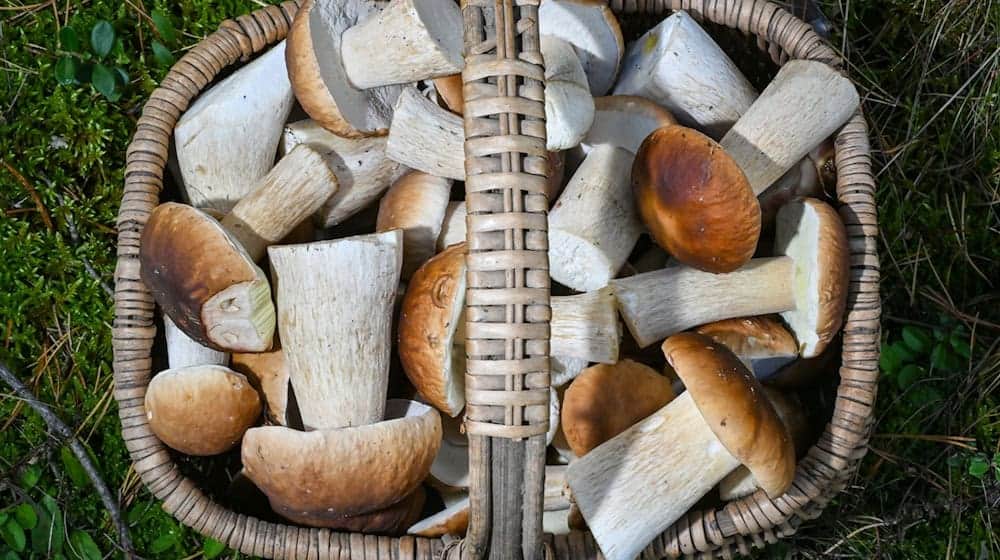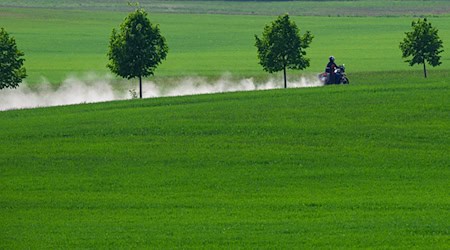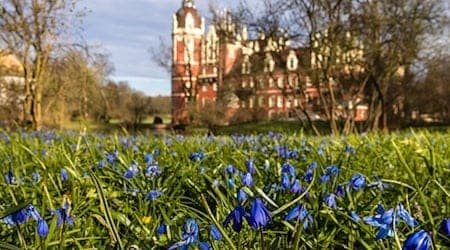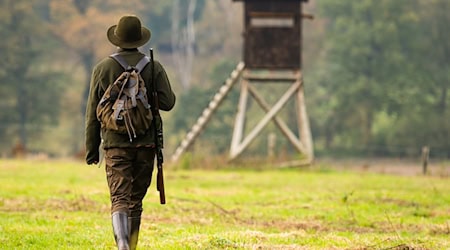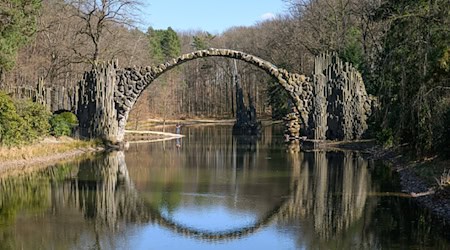The mushroom season is also in full swing in Saxony, providing mushroom consultants with plenty of work. "The weather is ideal at the moment, the mushrooms like it: wet, not too warm, sometimes a little cooler," explained Sieglinde Köhler, district mushroom consultant in the district of Central Saxony. "Porcini mushrooms are now growing en masse and are hardly infested with maggots. Because it rained beforehand, insects couldn't "bite" them." September and October are the best time of year for mushrooms - but not for all of them.
Edgar Fenzlein, mushroom expert for the district of Leipzig, has found that the growth of mushrooms is also linked to the phases of the moon. It is particularly good when the moon is waxing. "When it goes beyond the full moon, it can get worse again."
Peter Welt, Chairman of the Chemnitz Mushroom Friends, does not yet want to talk about a super mushroom year. For that, mushrooms would have to be available in this quantity over a longer period of time. Certain types of mushrooms would only grow in a certain period of time. In principle, however, mushrooms are available all year round. Oyster mushrooms or velvet toadstools, for example, are typical winter mushrooms. What a mushroom needs to grow in nature is not really known - unlike a cultivated mushroom such as the button mushroom, said Welt.
Advice from the expert: "You should take a close look at mushrooms"
Mushroom advisors often have to intervene and sort out supposed meadow mushrooms. This is because they often conceal a poisonous mushroom, also known as the Karbolegerling. According to Sieglinde Köhler, they are now appearing in many places where they didn't used to be - for example on grass verges and in front gardens. "This year they are appearing in droves, whole groups. When it comes to mushrooms, you should take a close look."
Fenzlein has also noticed a mass proliferation of poisonous mushrooms - especially in gardens and parks. "Many mushrooms live in symbiosis with plants. That could be one reason." In his garden, for example, ivy has spread and masses of carbole mushrooms are now also growing there. They have now replaced meadow mushrooms in many places: "I tell everyone: Please keep your hands off mushrooms that grow in biotopes close to civilization, such as gardens and parks."
False red cap is spreading in Germany
Fenzlein assumes that changing environmental influences and the effects of global trade are also having an impact on the occurrence of mushrooms in Germany. For example, a fungus known as the "false red cap" has spread, particularly in northern Germany. "This is a tubular mushroom that came to us from the USA and Canada, presumably via timber transportation. In North America, it occurs on Weymouth pines." The mushroom is not poisonous, but has a sour taste.
Peter Welt points to species of fungi that are spreading from the south to the north. "But this is not happening explosively." As an example, he cited the highly poisonous olive tree fungus. The rooted bitter bolete is also becoming more common - presumably because it loves dry weather. Welt also offers mushroom hikes. Now that the mushrooms are growing, there are a lot of inquiries. However, interest among young people is limited. There are often inquiries about medicinal mushrooms.
Collectors are playing it safe during the mushroom glut
Sieglinde Köhler sees no danger that the current mushroom glut will be accompanied by an increasing number of poisonings. "When there are lots of mushrooms, people mainly pick porcini mushrooms, red caps or chestnuts and not the poisonous ones."
Many conservationists have one wish: that people don't drag masses of mushrooms out of the forest, but rather remember the so-called hand bouquet rule - only take as many as you can consume immediately for your personal needs. The rule of thumb is a maximum of two kilograms of mushrooms. According to the Saxon Forest Act, fines of up to 10,000 euros can be imposed in particularly serious cases of infringement. Mushrooms may not be taken from nature reserves at all.
Copyright 2024, dpa (www.dpa.de). All rights reserved

